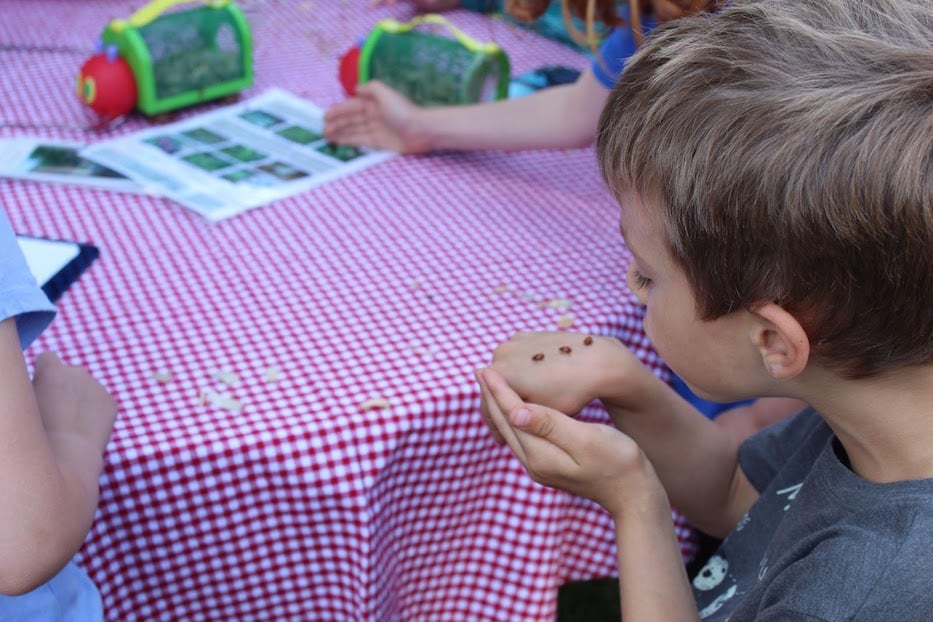
Zofia Filipczak Photos.
Kate Bradley released hundreds of ladybugs while a gaggle of children giggled. The red and black insects flew around, and the crowd gathered outside the Mitchell Branch Library buzzed with excitement.
Human attendees weren't the only thing buzzing—so were honey bees. Last Monday, the Mitchell Branch of the New Haven Free Public Library held its annual ladybug release into the community garden.
Bradley, a longtime member of Westville block watch #303, cares for the garden in front of the library. That includes the ladybugs, which are released every June.
The community garden was created 20 years ago with the help of residents from nearby Chapel Haven and Bradley’s block watch. Events like the annual ladybug release help keep the garden alive and the community spirit, she said.
Bradley said she purchased the live ladybugs from Van Wilgen’s Garden Center and stored them in the freezer until it was time for this year’s release.
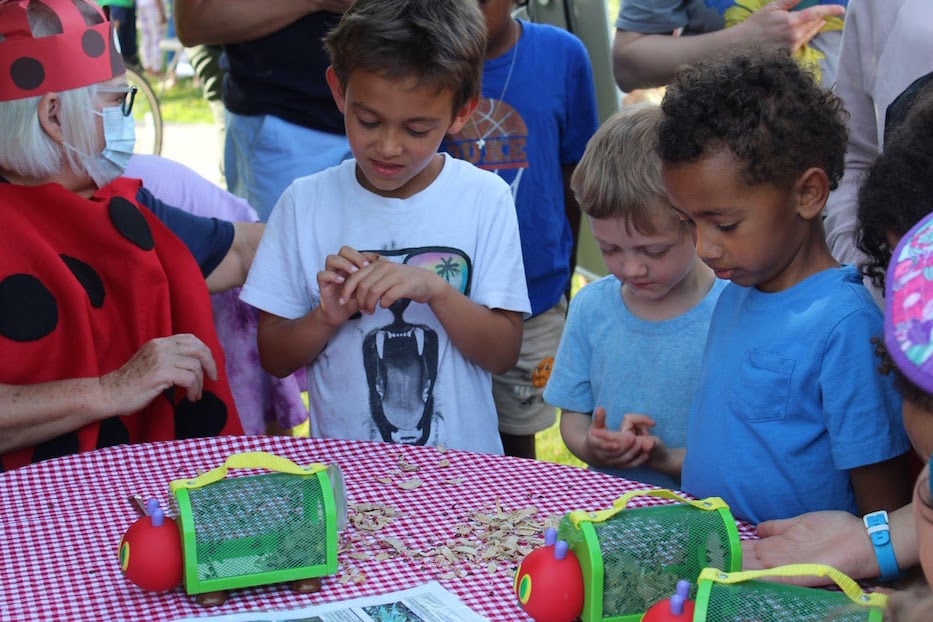
Kids lined up to play with ladybugs. Zofia Filipczak Photos.
Bradley and her husband, Bob, released the ladybugs from caterpillar-shaped containers during the event at the library. It was first come, first serve as little kids lined up to hold the bugs before placing them in the garden.
Bradley said the ladybugs serve an important purpose in helping the garden flourish. The bugs eat aphids, which are tiny green bugs that eat plants if there is no natural predator to stop them.
A solar-powered fountain attracts birds to the tree in the garden which is filled with an array of blooming flowers and plants growing in the sun.
“Its all natural,” Bradley said. “The next flowers to come up will be the black-eyed susans and the daisies will come up in the fall.”
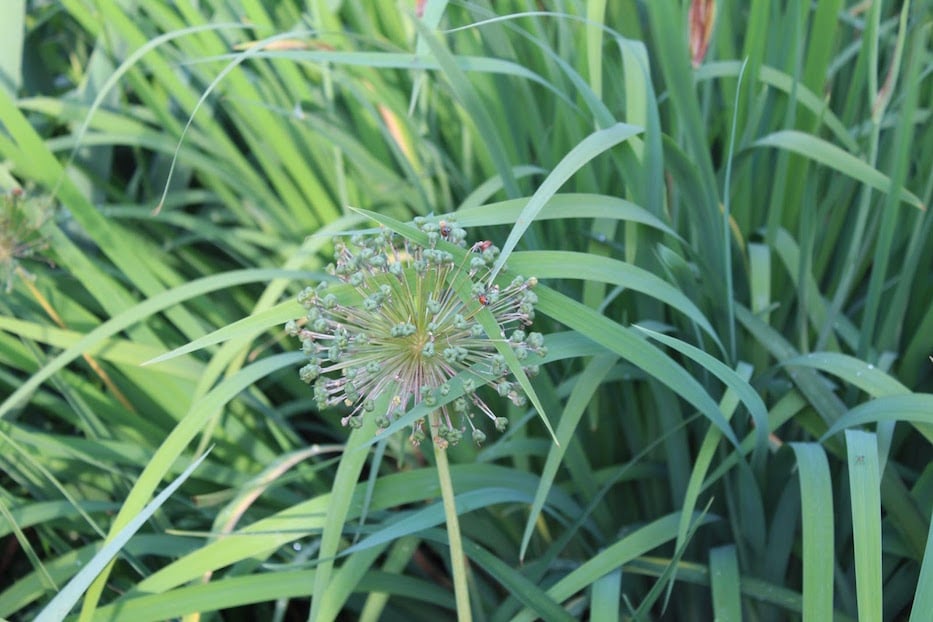
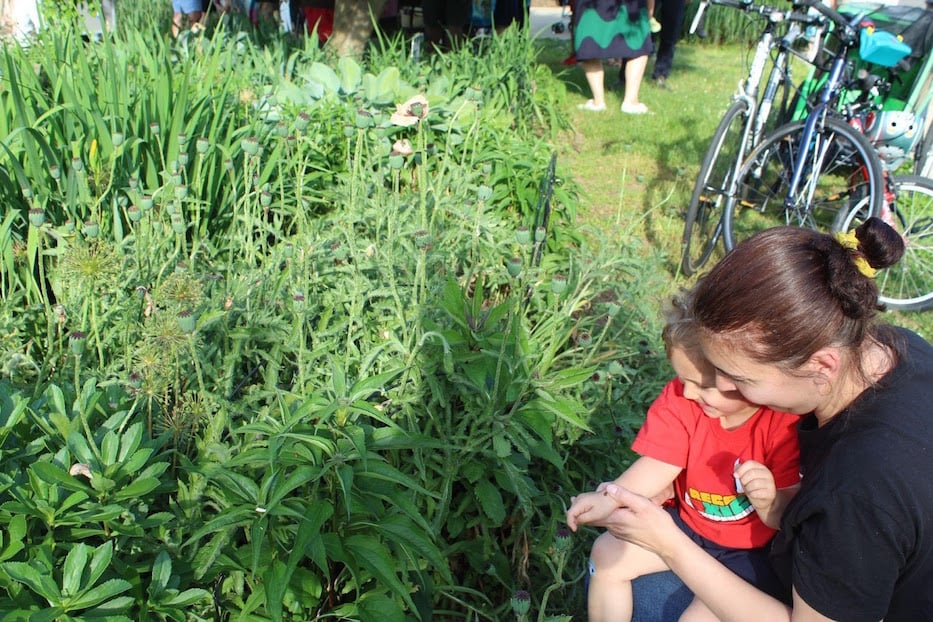
Beekeeper Cathy Wolko brought one of her honeybee hives to this year’s ladybug release to teach the importance of the flying pollinator that emerges during the spring and summer.
“I want to teach the kids that they shouldn’t be afraid of bees because they are very important pollinators,” Wolko said.
She provided worksheets about honey bees and passionately explained everything from the history of honey bees to bee hive dynamics.
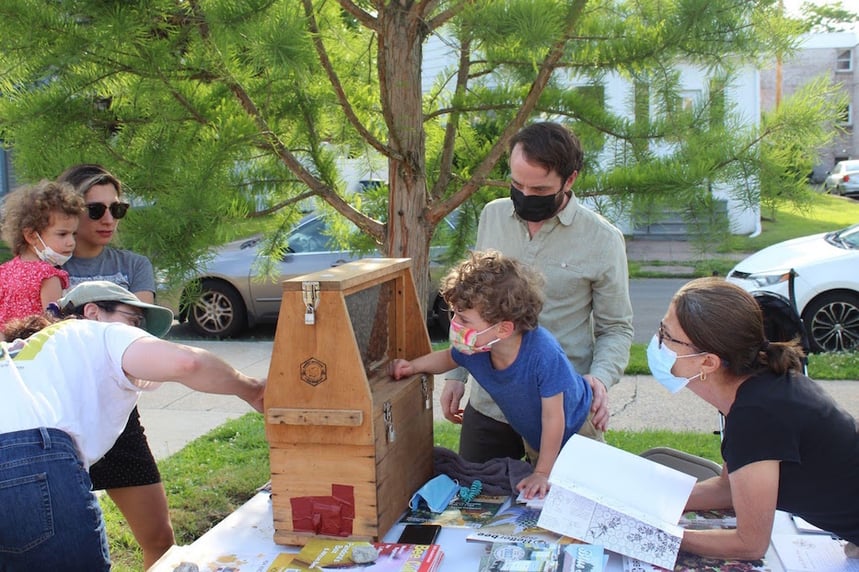
Cathy Wolko teaches attendees about honey bees. Zofia Filipczak Photos.
Wolko followed her father’s footsteps into the beekeeping business.
“I was always fascinated with foxes, frogs, grasshoppers, birds,” she said. “ I was outside all the time… And then my dad started having an interest in honey bees and it was perfect.”
Today, she has 36 colonies, her own farm store, The Humble Bee and the Hive at the Old Pin Shops in Oakville, and honey house.
Teaching the importance of honeybees is vital, Wolko said. She told the crowd that honeybees are on a rapid decline because of the pesticides and fungicides that we use in our environment.
She said we need to embrace these key pollinators instead of being afraid of them because they are essential to our food an environment.
Some attendees were shocked to learn that honeybees aren’t native to the United States.
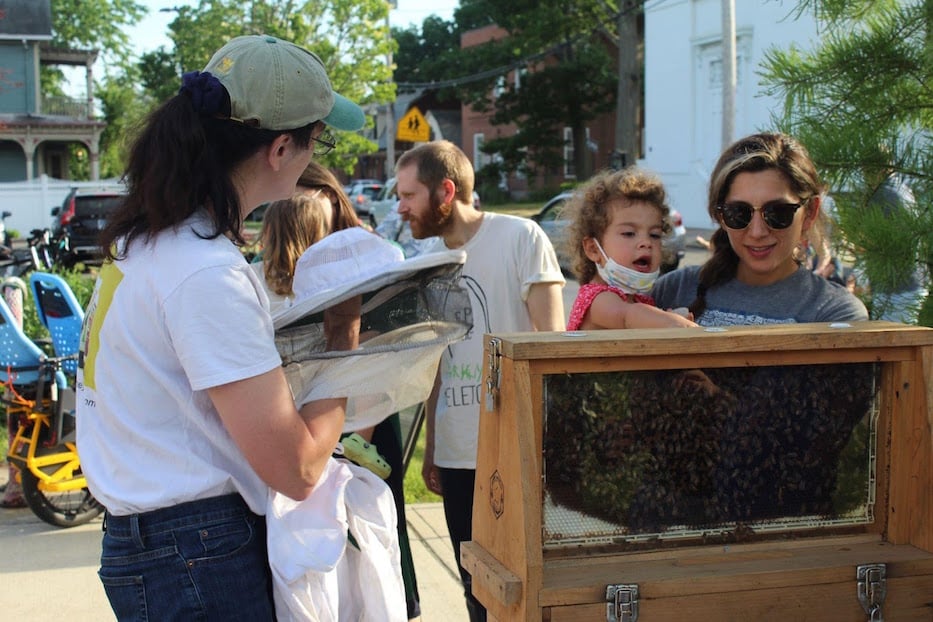
“The European settlers brought honeybees to the United States in the early 1600s,” Wolko said. “Connecticut first saw honeybees in the 1700s.”
“They pollinate ⅓ of the foods that we eat…A lot of what you’re eating every day depends on those bees themselves,” she said. “Of course, butterflies, ladybugs, and bumblebees all fall under that pollinator family. So I let people know that they’re more than just little insects.”
This piece comes to the Arts Paper through the fifth annual Youth Arts Journalism Initiative (YAJI), a program of the Arts Council of Greater New Haven. Read more about the program here or by checking out the "YAJI" tag. Zofia Filipczak is a junior at Engineering and Science University Magnet School (ESUMS).